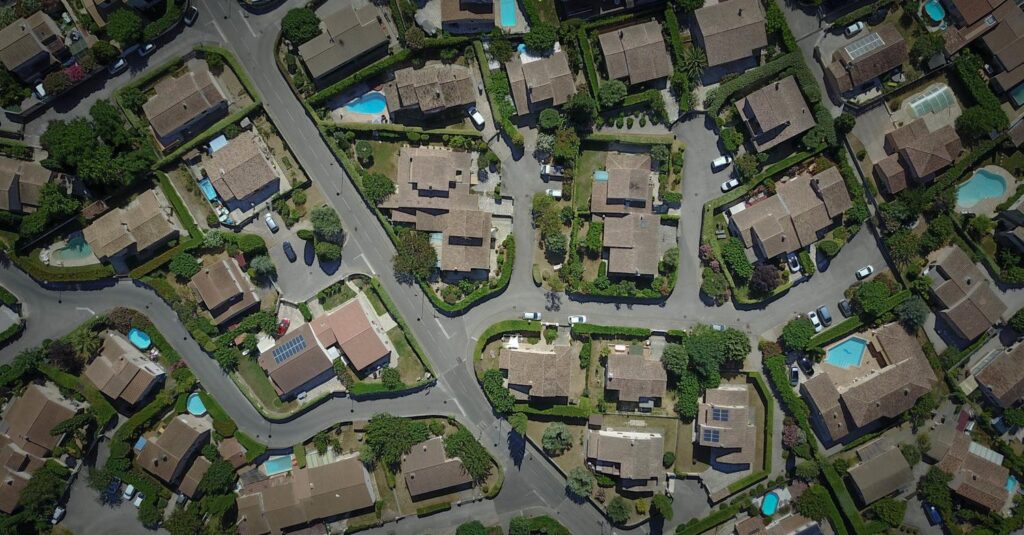Are you curious to know what is r1 zoning? You have come to the right place as I am going to tell you everything about r1 zoning in a very simple explanation. Without further discussion let’s begin to know what is r1 zoning?
Residential zoning plays a crucial role in urban planning and ensuring that communities are developed in a balanced and organized manner. One common zoning designation is R1, which refers to a specific type of residential zoning. In this blog, we will explore what R1 zoning entails, its purpose, and how it impacts the development and use of properties in designated areas.
What Is R1 Zoning?
R1 zoning, also known as Single-Family Residential zoning, is a classification used to designate areas primarily for single-family dwellings. It is typically applied to residential neighborhoods where the main land use is for detached, single-family homes. The regulations and requirements of R1 zoning may vary between different municipalities and regions, but the general focus remains on promoting and preserving single-family residential character.
Purpose Of R1 Zoning
- Preservation of Neighborhood Character: R1 zoning aims to preserve the character and ambiance of established residential neighborhoods. By designating areas for single-family homes, the intention is to maintain a consistent architectural style, building density, and overall visual appeal that aligns with the existing community.
- Separation of Land Uses: R1 zoning helps separate residential areas from other types of land uses, such as commercial or industrial activities. This segregation helps minimize potential conflicts between incompatible land uses and contributes to the creation of harmonious and cohesive neighborhoods.
- Promoting Privacy and Family-Friendly Environments: R1 zoning seeks to provide a peaceful and private living environment for residents. By limiting the type of housing to single-family homes, it helps ensure a lower density of occupants, reduced noise levels, and a sense of community conducive to family-oriented living.
Key Features And Restrictions Of R1 Zoning
- Single-Family Dwellings: R1 zoning typically allows for the construction of detached, single-family homes on individual lots. Other types of dwellings, such as duplexes or multi-family units, are generally not permitted within R1-zoned areas.
- Lot Size and Density: R1 zoning often includes specific regulations regarding minimum lot sizes and density requirements. These regulations ensure that the size of lots and the number of dwellings per acre align with the desired residential character of the neighborhood.
- Height and Setback Requirements: R1 zoning may include restrictions on the height and setback of buildings. These requirements dictate the distance between the building and the property line, ensuring adequate spacing between neighboring houses and maintaining aesthetic harmony.
- Limitations on Non-Residential Uses: R1 zoning typically prohibits or restricts non-residential uses such as commercial businesses, industrial operations, or offices within the designated residential areas. This limitation helps maintain the residential nature of the neighborhood.
Benefits And Considerations Of R1 Zoning
- Neighborhood Cohesion: R1 zoning helps create cohesive neighborhoods with a consistent architectural style and a shared sense of community.
- Privacy and Tranquility: The focus on single-family homes in R1-zoned areas promotes privacy, reduced noise levels, and a peaceful living environment.
- Property Value Stability: R1 zoning often contributes to property value stability by providing assurance that the character and quality of the neighborhood will be maintained.
- Potential Limitations: R1 zoning may restrict certain housing options, such as multi-family units or accessory dwelling units, which can limit housing diversity and affordability in certain areas.
Conclusion
R1 zoning serves as an important tool in residential planning, ensuring the preservation of single-family neighborhoods and creating harmonious living environments. By designating areas for single-family homes, R1 zoning helps maintain neighborhood character, privacy, and a sense of community. While it offers several benefits, it’s important to consider the potential limitations and implications of R1 zoning on housing diversity and affordability. Striking a balance between preserving neighborhood character and accommodating evolving housing needs remains a critical consideration in urban planning and zoning decisions.
Assemble more facts about different topics on Feedatlas
FAQ
What Does R1 Mean?
R1 is an elite designation given by the Carnegie Classification of Institution of Higher Education to universities with the highest levels of research activity. Among nearly 4,000 degree-granting institutions across the United States, only 146 (about 3.7%) held this designation in 2021.
What Is The Difference Between R1 R2 R3 Zones?
R1 – General Residential. R2 – Low Density Residential. R3 – Medium Density Residential. R4 – High Density Residential.
What Does R-1 Zoning Mean In Pennsylvania?
R-1 (Single-Unit Residential) Zoning District. The R-1 zoning district is intended to provide for areas appropriate for a range of detached single-family residential dwelling units, each located on a single legal lot, and does not include condominiums or cooperative housing. C.
Can You Put A Mobile Home On R1 Zoning Alabama?
Mobile Homes are permitted in A-1 and R-6 zoning districts, and in mobile home parks and subdivisions; and, as temporary housing for emergency relief.
I Have Covered All The Following Queries And Topics In The Above Article
What Is Zoning R1
What Is R1-8 Zoning
What Is R1 Zoning In California
What Is R1 Zoning Code
What Is Zoning R1 In Georgia
What Is R1 Zoning In Pigeon Forge
What Is Zoning R1-14
What Is R1 Zoning
What does R1 mean property
What is R1 zoning?
